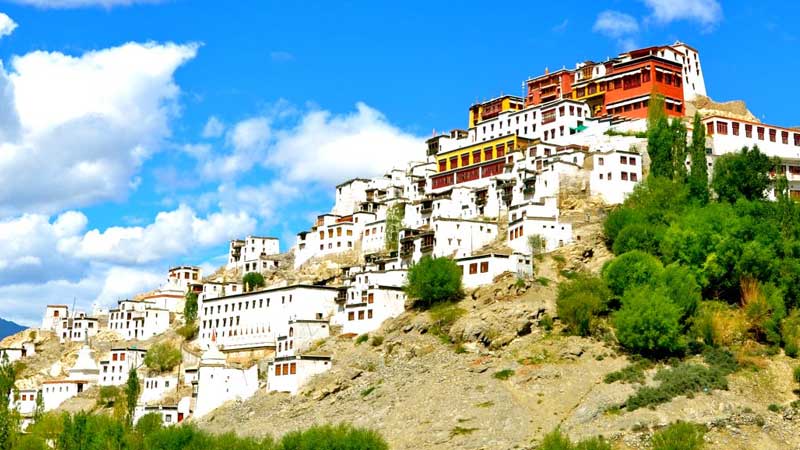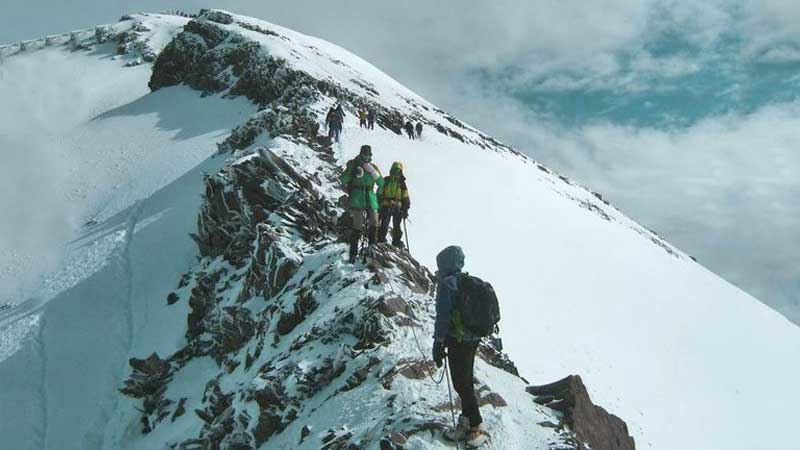
Ladakh Hemis Festival Tour
17 Nights / 18 Days
Delhi - Leh - (Festival) Hemis - Phyang - Toktak Festival - Uletokpo - Lamayuru - Spituk - Zinchen Trek - Rumback - Stok - la - Pangong Lake - Tsemorari
Overview
Ladakh Hemis Festival Tour
Tour Itinerary
Day 1 Arrive Delhi
Begin Your tour
Arrive into Delhi
Welcome to Vardhman's "Ladakh Hemis Festival Tour"
On arrival at Delhi, you will be met and transferred by Vardhman's representative to the hotel. Check in at hotel.
Later, enjoy a sight seeing trip of Delhi visiting Humayun's Tomb, the Qutub Minar, the Red Fort and the great Jama Masjid - the biggest mosque in India.
Humayun's Tomb: It was built by the emperor's grieving widow, Haji Begum, in 1565 AD. Constructed with red sandstone it marked the beginning of a new tradition of ornate style which culminated in the Taj Mahal of Agra. Designed by the Persian architect, Mirza Ghyas, Humayun's Tomb shows a marked shift from the Persian tradition of using coloured tiles for ornamentation. Located in the midst of a large square garden, screened by high walls, with gateways to the south and west, the tomb is a square tower surmounted by a magnificent marble dome, 140 feet from the base of the terrace and is topped with a copper pinnacle. The complex also houses remains of Humayun and the grave of many other distinguished members of the Mughal dynasty.
Qutub Minar: It is one of the tallest and famous towers in the world. 234 feet high and the highest individual tower in the world. It has a number of floors or storeys which has beautiful carvings . There are inscriptions all round the tower which reveal that Iltutmish finised the tower. The structure of the wall is made as such that it widens from top to bottom, just to make the minar stronger.
Red Fort: It is made up of red sandstone. Its walls have withstood the vagaries of time and nature. It rises above a wide dry moat in the northeast corner of the original city of Shahjahanabad. Its walls extend from two kilometers and vary in height from 18 metres on the river side to 33 metres on the city side.
Jama Masjid: It is the largest mosque in India, built between 1644 and 1658. It is one of the last architectural works of the Mughal emperor Shah Jahan. Its spacious courtyard holds thousands of devotees. Located on a mound in the heart of the old city , it projects beautifully into the Old-Delhi skyline. It was built in red sandstone and marble by more than 5000 artisans. It stands at the center of the erstwhile capital city of the Mughals, Shahjahanbad.
Optional : Sound and Light Show / Dances of India.
Overnight: Hotel
Day 2 Delhi - Leh Flight (01 Hr 15 Mins)
Morning after breakfast, transfer from city to domestic airport to connect flight to Leh.
Upon arrival in Leh you will be met and transferred to your hotel by our representative.
Rest of the day at leisure to acclimatize.
Overnight: Hotel
Day 3 Leh
After breakfast, morning at leisure.
Afternoon depart for sightseeing of Spituk, Phyang, Sankar Monastery ,Tissure & Shanti Stupa in Chanspa village. Return to the hotel. Evening at leisure.
Phyang: It is situated on the Leh - Kargil Highway 24 kms. west of Leh. The place has got a gompa that belongs to the 15th Century. Built by king Tashi Namgyal, the gompa subscribes to Kagyupa Order. The gompa has got tall walled building and houses 50 Prigungpa Lamas. The Dukhang has got 3 silver chortens out of which one has got seven eyed coloured Dezi stone. This stone is believed to be highly auspicious and was brought from Tibet by a former Head Lama. Gonkhang enshrines a furious veiled protector Deoty and also has a great collection of weapons and armours used during the Mongolian invasion of 14th Century. Phyang is also well-known for its annual festival which is the second largest festival in Ladakh. Phyang Tsedup festival formely used to be held during the winters, but recently it has been rescheduled with the tourist season and is celebrated during the month of July - August. During the festival, one can witness the Chaam dances and exposition of Giant 10 mtrs. broacade Thangka.
Spituk Monastery: It is located on a high hill overlooking the Indus river about 18 Km from Leh. The Spituk monastery has a wide collection of Buddhist artifacts and for the Spituk festival held from the 17th to 19th days of the 11th month of the Buddhist calendar.
Further up the hill is a Mahakal Temple, where an image of Vajrabhairava is unveiled once a year at its annual festival.
Sankar Gompa: It's located 3-km north of the town centre and is among the most accessible monasteries in central Ladakh - hence its restricted visiting hours for tourists. The monastery has twenty monks, and is the official residence of the Kushok Bakul, Ladakh's head of the Gelug-pa sect.
Chanspa village: It's situated at the edge of Leh. The prayer flags hanging from the roofs and the chortens in the background immediately mark this out as a Tibetan Buddhist society.
Shanti Stupa: It is located on the hilltop at Changspa. It can be reached quite easily from the Fort Road. The Stupa was constructed by a Japanese Buddhist organization, known as 'The Japanese for World Peace'. The aim behind the construction of the stupa was to commemorate 2500 years of Buddhism and to promote World Peace. His Holiness, the Dalai Lama inaugurated the Shanti Stupa in the year 1985. A magnificent white-domed structure, the Shanti Stupa offers spectacular views of the sunrise and sunset. The stupa looks best at night, when it is beautifully illuminated with glittering lights.
A large number of tourists come to Ladakh every year to visit this amazing stupa.
Overnight: Hotel
Day 4 Leh - (Festival) Hemis - Phyang - Toktak Festival
Full day free to enjoy Hemis festival.
Overnight: Camp
Day 5 Leh (Festival)
Morning after breakfast, visit Festival or OPTIONAL VISIT to Sabu & SOS Tibetan Children Village, Leh Palace & Bazzar or full day sightseeing tour of Shey,Thiksey & Hemis Monastery along with lunch packet, depending upon the tour.
After visit return to the hotel.
SOS Children’s Villages for Tibetan children: It was initiated in 1960 by His Holiness The Dalai Lama, to care for Tibetan refugee children who had fled across the Tibetan border following the Chinese invasion of Tibet in 1959. To this day, thousands of children make the dangerous journey every year, across the mountains and often without their families.
Leh Palace: It's a monument and a historical building. The nine-storeyed palace was built by the 17th century illustrious ruler of Ladakh, Sengge Namgyal. It is an imposing structure, though in ruins now, situated on a hill and commands a grand view of the Leh town. The building in grand Tibetan architecture is said to have inspired the famous potala of Lahasa, built half a century later. Namgyal Tsemo, the peak overlooking the town, are the ruins of the fortbuilt, by the king Tashi namgyal in the 16th century, as a royal residence.
Thiksey Gompa: It is situated at a distance of approximately 18 km from the town of Leh and belongs to the Gelukpa Order of Buddhism. Sherab Zangpo of Stod got the Thikse Monastery built for the first time, at Stakmo. However, later Spon Paldan Sherab, the nephew of Sherab Zangpo, reconstructed the monastery in the year 1430 AD. The new monastery was sited on a hilltop, to the north of Indus River. It has a temple, known as Lakhang Nyerma, built by Rinchen Zangpo, the Translator, dedicated to Goddess Dorje Chenmo. A huge temple in its time, today it stands mostly in ruins. Also there are a number of other sacred shrines inside the monastery complex. The monastery also has a rich collection of numerous valuable artifacts and ancient relics.
Hemis Monastery: It holds the distinction of being the biggest as well as the wealthiest monastery of Ladakh. It dates back to the year 1630 and was founded by the first incarnation of Stagsang Raspa Nawang Gyatso. Hemis Monastery is positioned inside a gorge, at a distance of approximately 47 km from Leh. Belonging to the Dugpa Order, it stands on the western bank of the Indus River. The monastery also boasts of a very rich collection of ancient relics.The Hemis Monastery also serves as the venue of an annual festival, known as the Hemis Festival. This festival is celebrated as a commemoration of the birth anniversary of Guru Padmasambhav.The Thanka is the sacred appliqué-work tapestry wrought with pearls, which depicts Guru Padmasambhava. And not to be forgotten is a sacred mask dance that is performed at the monastery every year. The dance takes place on 9th and 10th day of the fifth month of the Tibetan calendar.
Shey Gompa: It is situated on a hillock, at a distance of approximately 15 km to the south of Leh town. The monastery was erected on the instructions of King Deldon Namgyal, in the memory of his late father, Singay Namgyal. The main image inside the Shey Monastery is that of Buddha Shalyamuni. It is a huge image of the seated Buddha and is considered to be the biggest metal statue and the second largest Buddha statue in the Ladakh region. Copper sheets, gilded with gold, make up this amazing Buddha statue. The image also contains sacrificial offerings such as grain, jewels, holy signs and mantras inside it.
Overnight: Hotel
Day 6 Leh - Uletokpo via Likir & Alchi ( 109 Kms )
Early morning after breakfast, depart for Uletokpo one of the most important & beautiful monasteries of Ladakh visiting Likir & Alchi monastery.
Upon arrival in late afternoon check into tented camps. Rest of the day on your own
ULETOKPO: The most beautiful camping in the Ladakh region on the way of Spituk Monastery which is just 5 kms from Leh town. It is situated by the River Indus and within part of an apricot orchard.
Alchi: It is located around 67 km from Leh has one of the oldest monasteries in Ladakh region. Alchi Monastery stands on the banks of river Indus. Though traditionally, the oldest monuments preserved here date back to the middle of the 12th century. It is the only monastery built on a flat ground. Its complex has two main temples - Alchi Du-khang and the Sum-tsek. Apart from these, there are Temple of Manjushri, Lotsawa Lha-khang, Lha-khang Soma and 3 Ka-ka-ni (entrance) chortens. It is managed by monks of Likir Monastery. For tourists, it is essential to carry a flashlight since there is no electricty inside and photography is prohibited inside.
Likir gompa: Established in the 15th century , it is set on an isolated ridge a few kilometers north of Saspol. The road approaching the gompa makes a wide semi-circle around its base. Likir belongs to the yellow-hat sect of Buddhism and houses about 120 lamas. The head lama, the younger brother of the Dalai Lama, has married (against the rule of the sect) and is permanently absent from the gompa. The school has thirty pupils who learn three languages besides Ladakhi, Hindi and English, as these are the national languages of India, and Tibetan for religious purposes. Climb up to Likir's central courtyard and immediately on the right is the main Dukhang or main assembly hall.
Overnight: Camp
Day 7 Leh - Lamayuru - Leh (110 Kms )
Early morning depart for Lamayuru to visit the monastery, after that drive to Leh enroute visiting a Sikh Gurudwara known as Pith/Patthar Sahib just 25 kms short of Leh town after visiting continue drive to Leh.
Upon arrival in the evening check in at the hotel and relax.
LAMAYURU MONASTERY: The oldest and spectacularly set Lamayuru monastery is about 125 kms. West of Leh, founded in the 10th century in 11th century the Mahasiddha Naropa came to this place. Then Rinchen Zangpo translator came and built many temples and stupas and then teaching of the Kadampa school came to flourish. Later Jamyang Namgyal offered it to Chosje Danma and Digung Kargyut school were introduced and named Yungdrung Therpalling. The Yundrung Kabgyad festival is held on the 28th and 29th days of the 2nd Tibetan month.
Overnight: Hotel
Day 8 Leh -Spituk-Zinchen Trek (Approximately 04 hrs)
After breakfast drive to Spituk upon arrival start trek to Zinchen.
Upon arrival in Zinchen village check into two men tent
Spituk Monastery: It is located on a high hill overlooking the Indus river about 18 Km from Leh. The Spituk monastery has a wide collection of Buddhist artifacts and for the Spituk festival held from the 17th to 19th days of the 11th month of the Buddhist calendar. Further up the hill is a Mahakal Temple, where an image of Vajrabhairava is unveiled once a year at its annual festival.
Overnight: Camp
Day 9 Zinchen - Rumback (Approx. 04 hrs)
After breakfast trek to Rumback enroute cross Rumback River.
One may come across some wildlife, during the trek such as blue sheep's, deer & some migratory birds. Rumback is an interesting village.
Upon arrival in Rumback village check in at the two men tent
Overnight: Camp
Day 10 Rumback - Stok - la (Approx. 06 hrs)
After breakfast trek to Stok-la pass 4603 mts.
Upon arrival at Stok- la, On a clear day one gets nice commanding view of Stok- Kangri peak.
Stok Kangri (elevation 6,137 m (20,135 feet): It is the highest mountain in the Stok Range of the Himalayas in the Ladakh region of northwest India. The peak is located in Hemis National Park, 12 km southwest of the trailhead at 3,610 m (11,845 feet) in the village of Stok and 24 km southwest of the Ladakhi capital of Leh. Despite its altitude, Stok Kangri is a popular peak and is often climbed as an initial non-technical foray into high altitude mountaineering.
Overnight: Camp
Day 11 Stok - la - Stok - Leh (APPROX. 04 hrs)
After breakfast trek to Stok - an easy trek.
Upon arrival visit the stock Palace. Then, the vehicle will be awaiting to pick you up and drive to Leh.
Stock Palace and Monastery: 15 Kms South of Leh at the West Bank of river Indus is the Royal Palace dating from the 1840s when the invading Dogra forces deposed the king of Ladakh. The Palace is a rambling building where only a dozen of the 80 rooms are used. The Palace Museum (3 rooms) is worth visiting. It is a show piece for the royal thankas (many 400 years old), crown jewels, dresses, coins, peraks encrusted with turquoise and lapis lazuli as well as religious objects. The monastery founded by Lama Lhawang Lotus in 14th century, a short distance away, has some ritual dance- mask (Guru Tseschu) held on the 9th and 10 th day of the Ist month of Tibetan calendar.
Stok Palace Museum: 17 km from Leh town, this museum exhibits precious stones, thangkas, coins, royal crowns and dresses and prayer instruments.
Overnight: Hotel
Day 12 Leh - Pangong Lake - Leh (125 Kms)
After early breakfast depart for Pangong Lake approximately at 0500 hrs with packed lunch boxes. In the evening return to Leh.
Pangong Lake: Situated at an altitude of 4,350 meters above sea level, it lies in the northeast of Leh. This famous blue blackish lake of Pangong is 5-6 km wide and over 144 km long with half of it running to the other side of the Indo-China border. The placid Pangong Lake is not just a tourist's paradise but a geologist's domain too.
Travellers can enjoy the solitude for a day or two, zoom their cameras to shoot the black-necked Siberian crane around the Mahe marshes which are the only breeding ground for these migratory birds. At times, they are seen swarming in the cool colorful water of the lake.
Overnight: Hotel
Day 13 Leh
Enjoy the Day at leisure exploring the city on your own.
Overnight: Hotel
Day 14 Leh - Tsemorari (268 Kms, 08 hrs)
After early breakfast, drive to Tsemorari via Mahai Bridge.
Upon arrival check into your tented camp in Kurzok village 4100 mts. Evening at leisure.
Tsemorari Lake: The Leh-Manali road goes through the upland desert plateau of Rupshu inhabited only by the nomadic Chag-pa herdsmen and their flocks of pashmina goats. Its bare rolling hills interspersed with dusty valleys are the settings for the spectacular Tso Moriri Lake and other lakes in the area. One trek wends its way to Korzok (15,000 ft/4,572 m) located just 5 km along the lake's 23 km length. This route takes off along the Leh-Manali road over the Taglang-la, proceeds to the twin lakes of Startsapuk Tso (a fresh water lake) and Tso-Kar (a salt water lake) and then on to Korzok with a few houses and a hilltop monastery. . The lake is sparkling blue in its bleak surroundings. It is also surprisingly the breeding ground for a variety of water birds, notably the bar-heade goose, brahminy duck, the great crested grebe and the brown headed gull.
Overnight: Camp
Day 15 Tsemorari
After breakfast walk around the lake and see the various species of birds and visit Kurzok Gompa and village. Rest of the day at leisure.
Overnight: Camp
Day 16 Tsemorari - Leh (268 Kms, 08 hrs)
After breakfast depart for Leh via Tsokhar and Tanglan la pass 5320 mts, one may see the wild ass.
Upon arrival check into your hotel for an overnight stay.
Overnight: Hotel
Day 17 Leh
This day is at leisure for you to explore the city on your own.
Overnight: Hotel
Day 18 Leh - Delhi
After breakfast, transfer to Leh airport to board flight to Delhi. On arrival, transfer to international airport (by shuttle service available free of cost at the airport) to board the flight for your onward journey with sweet and unforgettable memories of "Ladakh Hemis Festival Tour" escorted by Vardhman Vacations.
END OF OUR SERVICES
Make Your Trip Now
Get More Packages
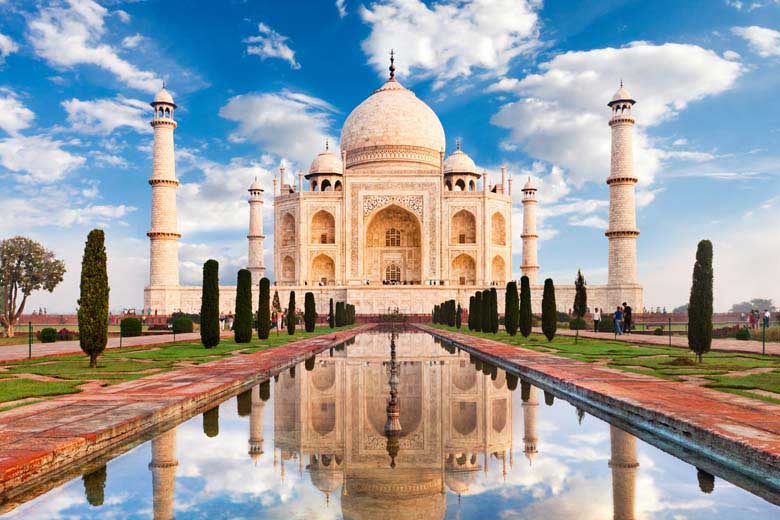
Golden Triangle Vacation Tour
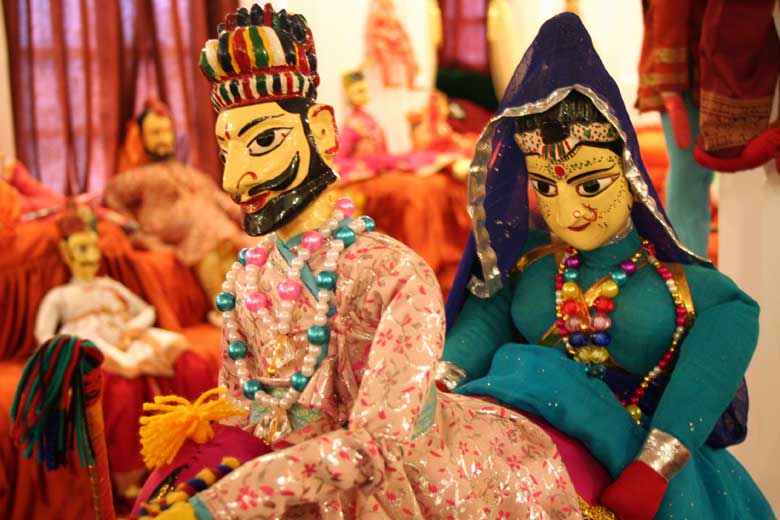
Rajasthan colorful Tour
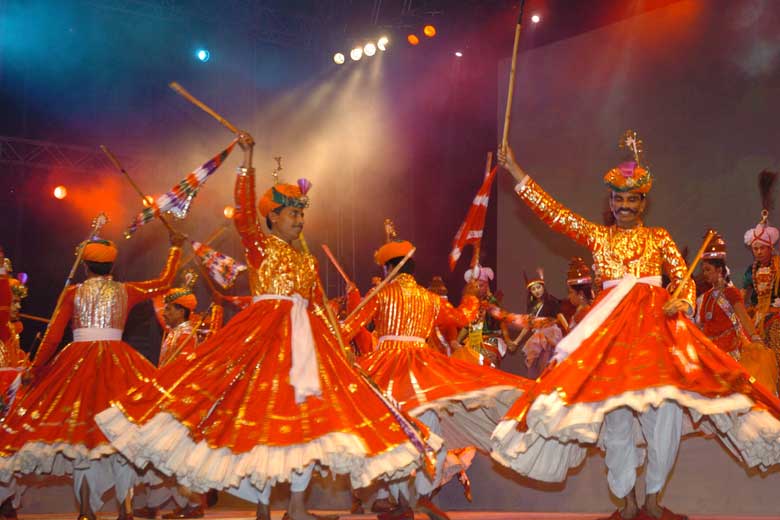
Rajasthan Cultural Tour
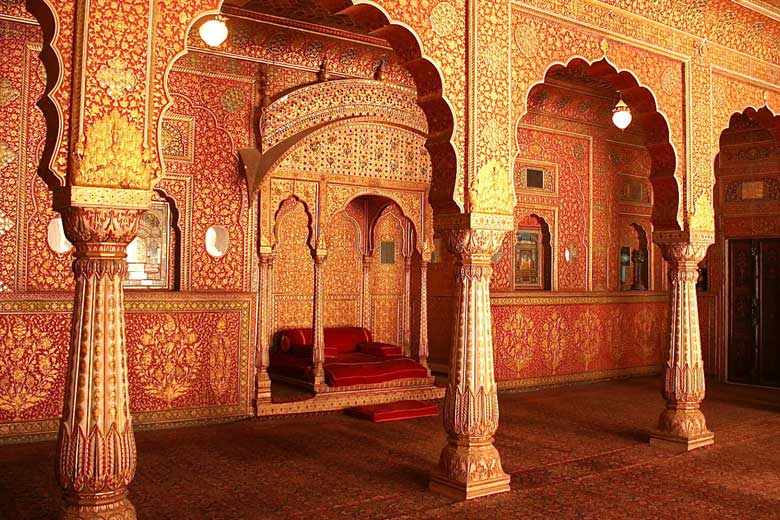
Rajasthan Fort & Palace Tour
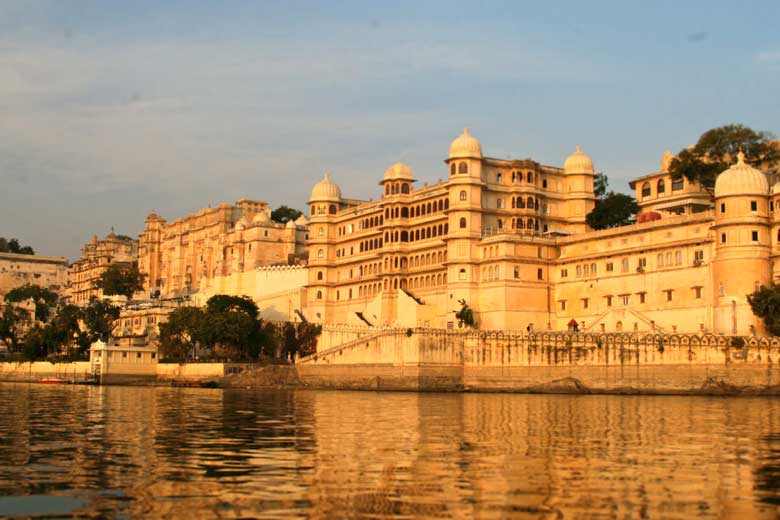
Rajasthan Heritage Tour
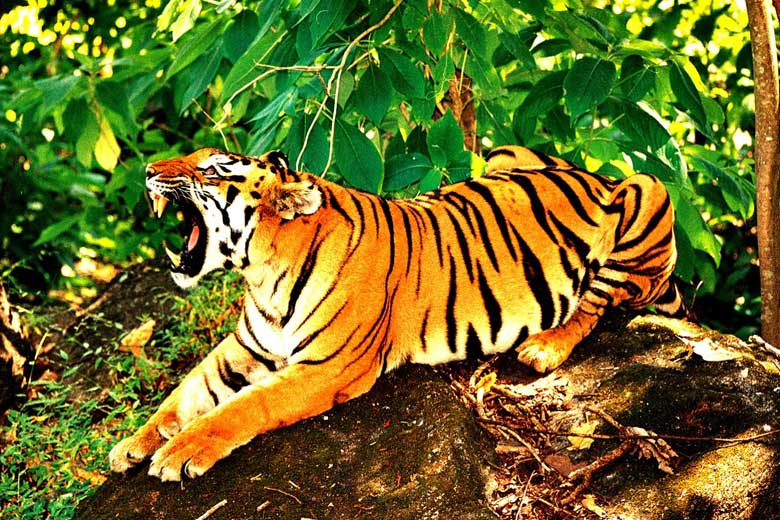
Rajasthan Wildlife Tour
MOST POPULAR PACKAGES

6 Nights / 7 Days
Golden Triangle Vacation Tour
India’s golden triangle is a tourist circuit which includes: Delhi, Agra (including the Taj Mahal), and Jaipur. These trips usually 7 days and do the trip as a circuit starting and ending in Delhi.
View Package
16 Nights / 17 Days
Rajasthan colorful Tour
Coloruful Rajasthan Tour is one of the most popular circuit of India. This tour package accommodates you to endure Rajasthan in all its different colors.
View Package
10 Nights / 11 Days
Rajasthan Cultural Tour
The Rajasthan state represents an unusual diversity in all its forms - people, culture, customs, costumes, cuisine, dialects and music and haveli's.
View Package
12 Nights / 13 Days
Rajasthan Fort & Palace Tour
Rajasthan is famous all over the world for its stunning forts and palaces that have been gloriously standing since decades in this princely state.
View Package
11 Nights / 12 Days
Rajasthan Heritage Tour
Rajasthan known as the "land of kings"provides some marvelous marks from the history in the form of its forts, palaces, mansions and haveli's.
View Package
06 Nights / 07 Days
Rajasthan Wildlife Tour
The name Rajasthan has a habit of invoking the images of sun-bathed sand dunes of the Thar Desert, the rustic turban and mustache of Rajasthani men and women’s ghagra.
View Package
 Gujarat Toursim
Gujarat Toursim
 IATO -
Indian Association of Tour Operators
IATO -
Indian Association of Tour Operators
 +91-9811175768
+91-9811175768